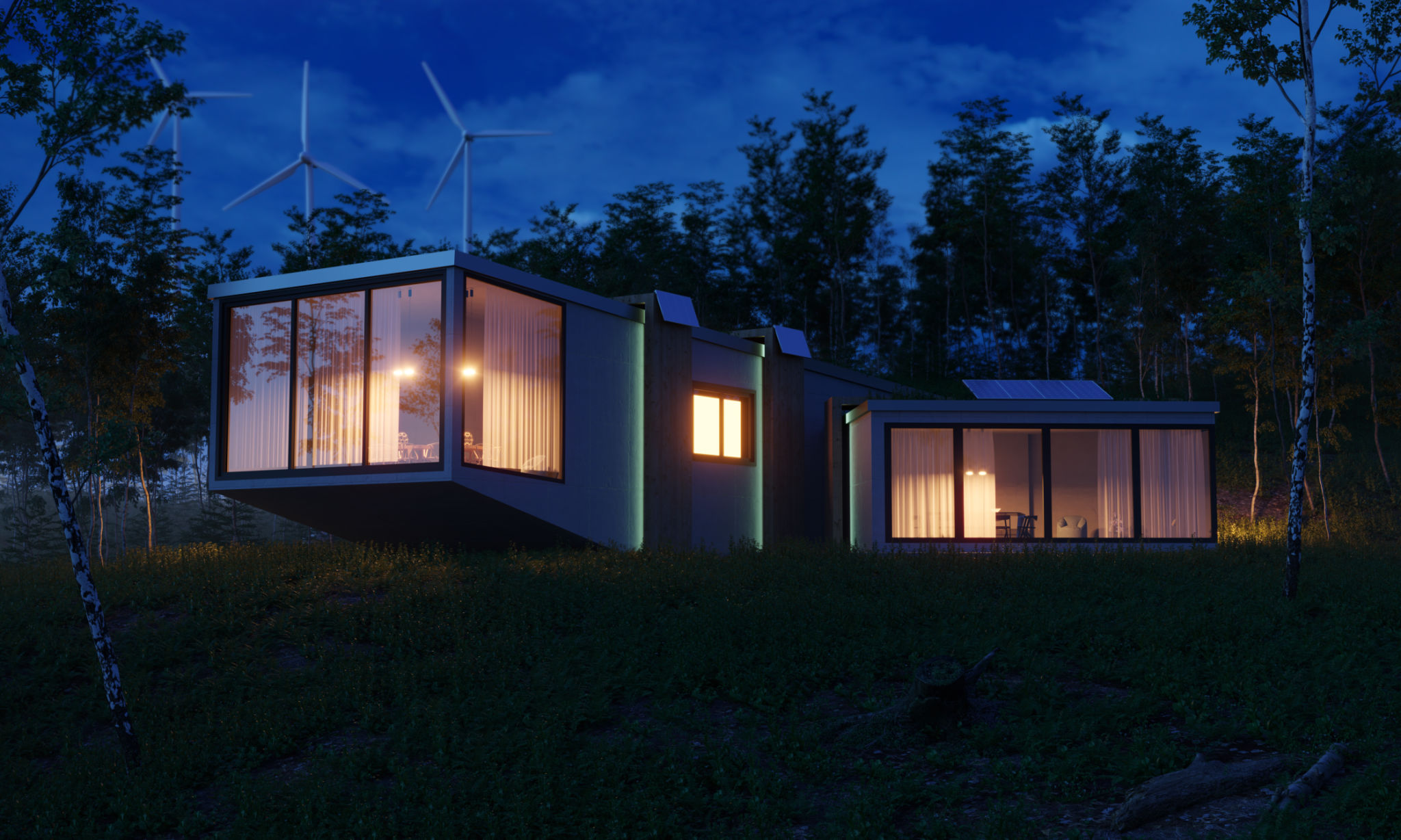Eco-Friendly Remodeling: Sustainable Practices for Your Next Project
Understanding Eco-Friendly Remodeling
Incorporating eco-friendly practices into your remodeling project not only benefits the environment but can also enhance the value of your home. Sustainable remodeling focuses on using resources efficiently, reducing waste, and minimizing the environmental impact of building processes. By choosing eco-friendly options, you are contributing to a healthier planet and often saving money in the long run.

Choosing Sustainable Materials
One of the primary considerations for an eco-friendly remodel is the selection of sustainable materials. Opt for materials that are renewable, recycled, or have a low environmental impact. For example, bamboo is a fast-growing grass that makes an excellent alternative to traditional hardwood. Similarly, reclaimed wood can add character and reduce the need for new lumber. Look for certifications like FSC (Forest Stewardship Council) to ensure materials are sourced responsibly.
In addition to wood, consider using recycled metal, glass, or plastic in your projects. These materials are often more durable and require less maintenance, which can further reduce your environmental footprint. Additionally, choosing locally sourced materials can lower transportation emissions and support your local economy.
Energy Efficiency Upgrades
Improving your home’s energy efficiency is a crucial aspect of eco-friendly remodeling. Start by assessing your insulation, windows, and doors to ensure they effectively prevent heat loss. Installing energy-efficient windows with double or triple glazing can significantly reduce heating and cooling needs. Consider upgrading to a programmable thermostat to optimize energy use based on your schedule.

Another important upgrade is your home's lighting system. Replace incandescent bulbs with LED or CFL options, which use less energy and have a longer lifespan. Additionally, installing solar panels can provide a renewable energy source, reducing reliance on fossil fuels and lowering utility bills.
Water Conservation Strategies
Water conservation is a vital component of sustainable remodeling. Implementing water-saving fixtures such as low-flow toilets, faucets, and showerheads can significantly reduce water consumption. Consider incorporating a rainwater harvesting system to collect and store rainwater for irrigation and other non-potable uses.
Landscaping also plays a role in water conservation. Choose native or drought-resistant plants that require less water and maintenance. Implementing a drip irrigation system can further optimize water usage by delivering moisture directly to the plant roots.

Reducing Waste and Recycling
During the remodeling process, aim to minimize waste by reusing existing materials whenever possible. For example, repurpose old cabinets or fixtures in other areas of the home or donate them to local charities. Set up a recycling station on-site to sort and recycle materials like metal, glass, and cardboard.
Consider deconstructing instead of demolishing structures to salvage usable materials. This approach not only supports a circular economy but also reduces the amount of waste sent to landfills.
Benefits of Eco-Friendly Remodeling
Adopting sustainable remodeling practices offers numerous benefits. Environmentally, it reduces the depletion of natural resources and minimizes pollution. Homeowners can also enjoy lower utility bills and increased property value. Additionally, eco-friendly homes often provide a healthier living environment due to improved air quality and reduced exposure to toxic materials.
Incorporating sustainable practices into your next remodeling project is a rewarding choice for both you and the planet. By making conscious decisions about materials, energy use, water conservation, and waste reduction, you can create a home that is not only beautiful but also environmentally responsible.
